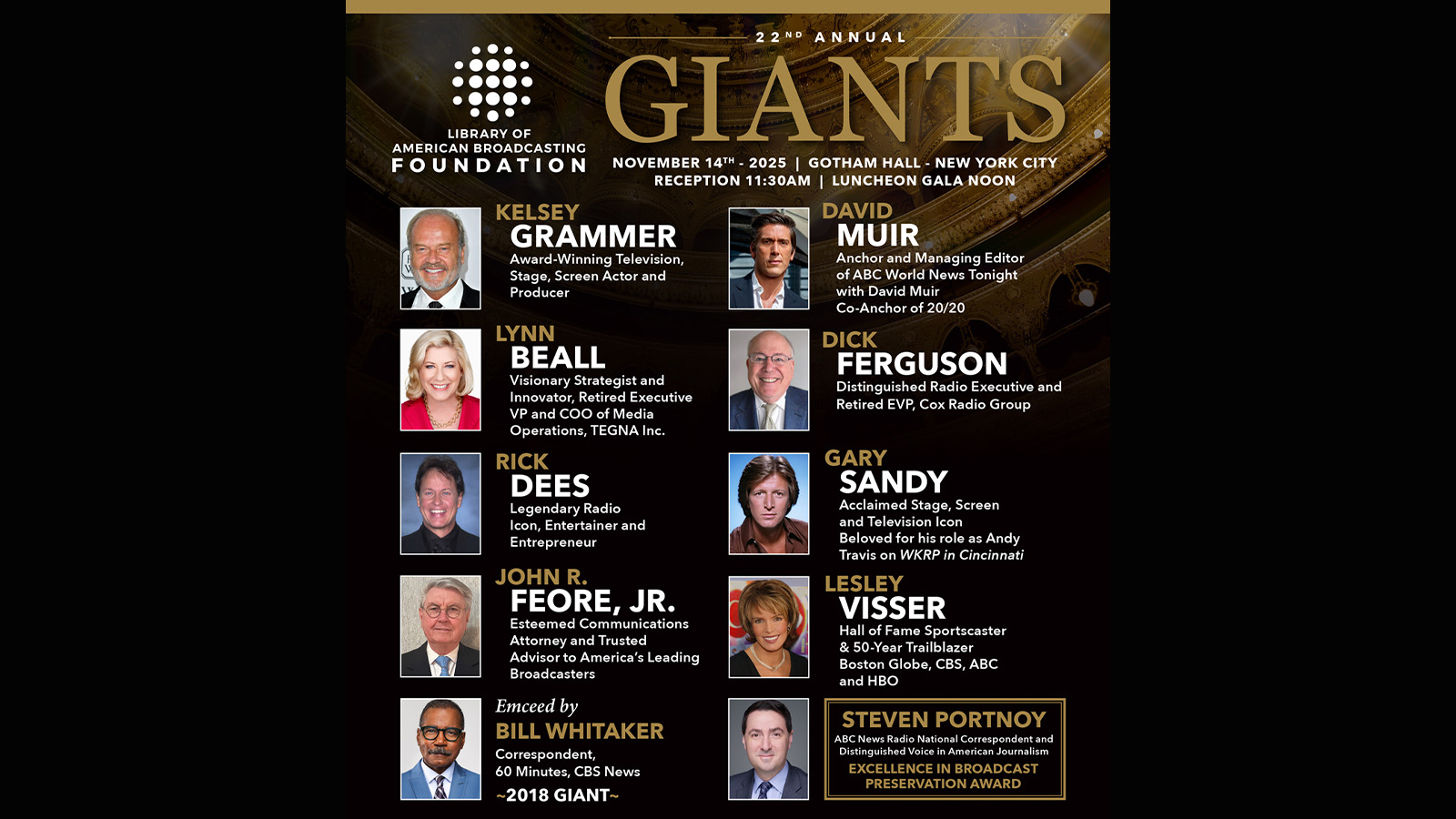Cameras Support Expanding Array of Production Options on NAB Show Floor
From PTZ to cinematic, IP and HDR, the picture is just the beginning
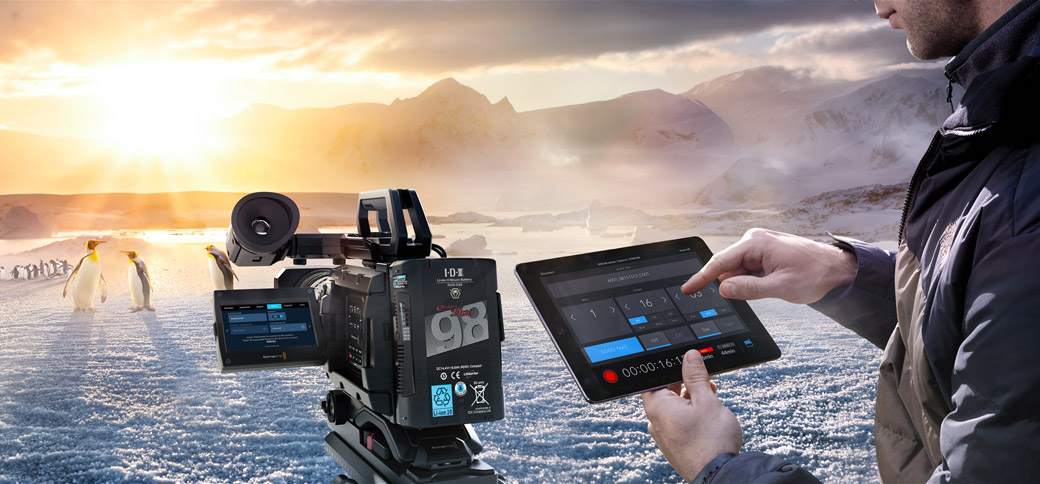
It’s been a while since the pixel count race was a big issue for broadcast production. As we head into the 2024 trade show season, then, thinking centers on what upcoming technology might make possible—on techniques, rather than specifications.
Take Blackmagic Design for example; the company’s foray into cloud contribution is talismanic of the changes which turned half of West Hall into a cloud computing village at last year’s show and demonstrated how the cloud and IP are impacting the camera’s role in new digital workflows.
“We introduced the [Blackmagic Camera] iPhone app a little while ago,” said Bob Caniglia, director of sales for the company in North America. “You can shoot with that phone, work with the cloud service, share proxies. The camera to Blackmagic cloud to Resolve workflow started with the camera app. The Ursa Broadcast G2 [camera] is now in beta for that software too. That's a good direction on where we're going.”
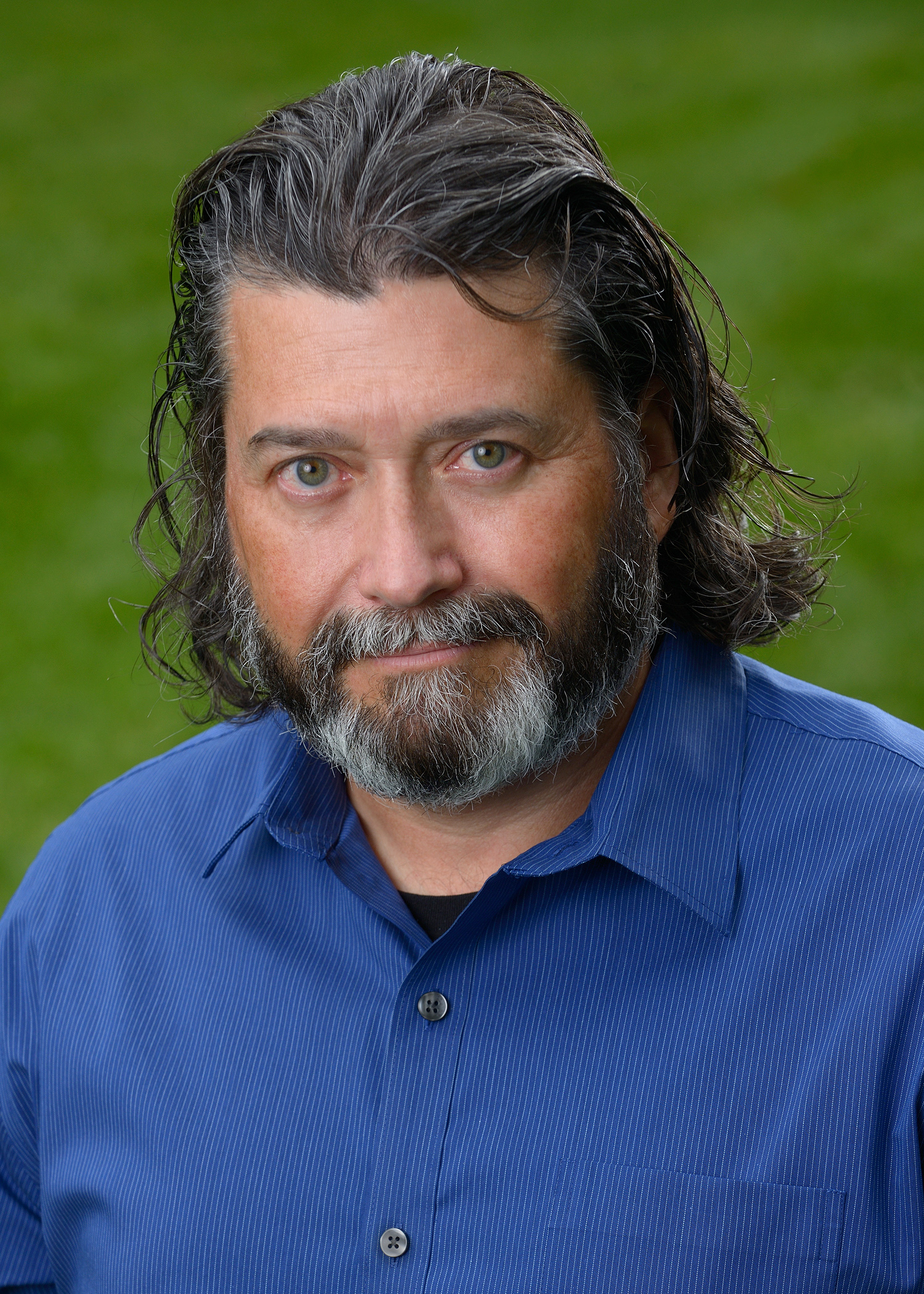
Bonded cellphone links are an established alternative to microwave or satellite links, although similar things with single 5G connections are more nascent. Still, regardless of the connection type, Caniglia points out that the benefits of cloud systems help with both cost and expediency. “People can directly link to a broadcaster's box. If someone's out in the field and they shot something, they can send it and get it on air faster than searching YouTube.”
Meanwhile, traditional broadcast configurations have become ever more accessible. “We have a lot in the education, house-of-worship and live event spaces,” Caniglia says. “One reason we've done so well is the cost-performance ratio and the nimbleness of the gear. It's not a rackful for a switcher. If you need a spare, buy a second one and that's the same price as an output card on some other thing. Broadcasters buy our stuff for smaller rooms or backups because they can.”
One caveat of skyrocketing capability is sheer operability, with feature sets bigger than any single human could operate. “There are tools that you can use to overcome a lot of that,” Caniglia reflects. “Even if you were doing it software-only, you could do switching on one, audio on another, moving graphics around on another and camera control on a fourth. With macros and other things you can do a lot more. We have an open API and people have been able to write all kinds of macro stuff.”
The Rise of PTZ
That sort of automation and remote control understandably boomed during the pandemic. Jim Jensen, Panasonic’s senior category owner for PTZ & remote systems, reports that, in terms of sales “we don't see record numbers like we did during Covid, but we do see steady growth. We sell a number of different features and price categories and we're finding demand for a good quality, flexible PTZ camera with flexible workflow, often replacing low end studio cameras.”
Get the TV Tech Newsletter
The professional video industry's #1 source for news, trends and product and tech information. Sign up below.
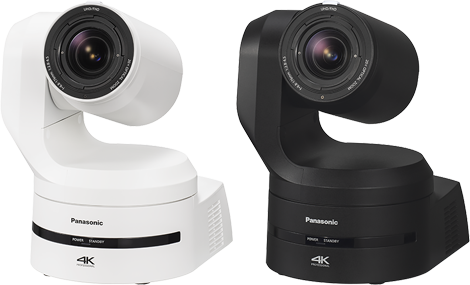
Here, flexibility often means vast connectivity. “We're seeing demand for SRT,” Jensen continues. “A couple of years ago there wasn't much. Some users use NDI [and] ST 2110 has become a big topic for some customers, with them using a higher-end PTZ in the studio, so we have an ST 2110 option in the AW-UE160. It’s one of the first in the industry to offer that because we listened to our customers.”
Demand for glossy images has pushed PTZ cameras to ever greater heights, but Jensen reflects that the push for pixels is about flexibility as much as quality. “On our one-inch sensors that are 4K, we're able to create three regions of interest which are 16:9 full HD images within that 4K,” he said. “Because it's a larger imager, it gives them the flexibility to output one of those plus the full raster 4K, so that particular PTZ now has two images coming out of it.”
Panasonic’s involvement in everything from acquisition to display is a boon, Jensen concludes. “[Customers] are looking for a manufacturer that can do glass to glass, capturing and moving that signal through, switching it, and being able to display that particular event or production in very different ways. We're finding more customers are asking about what we’re doing from a solution standpoint, and we've been able to provide something.”
HDR: An Antidote to the Pixel Race?
If there’s an overriding theme for imaging technology at the 2024 NAB Show though, it’s HDR, which is sufficiently so well established that clients often expect it with little tolerance for increased complexity. Klaus Weber, director of product marketing at Grass Valley, recalls when he supported the first ever live HDR production at an athletic championship in Europe in August 2014. “Since then I've been on maybe 50 HDR productions here and in the U.S.,” he said.
HDR, Weber muses, might be an antidote to the pixel count race.
“People have UHD sets at home in a size where UHD potentially makes sense—55- 65- or 75-inch displays,” he said. “But in typical viewing conditions, you hardly reach the point where you can see HD with the human eye. I have a 65-inch OLED at home and I was watching on-demand from the public broadcaster here in Germany.
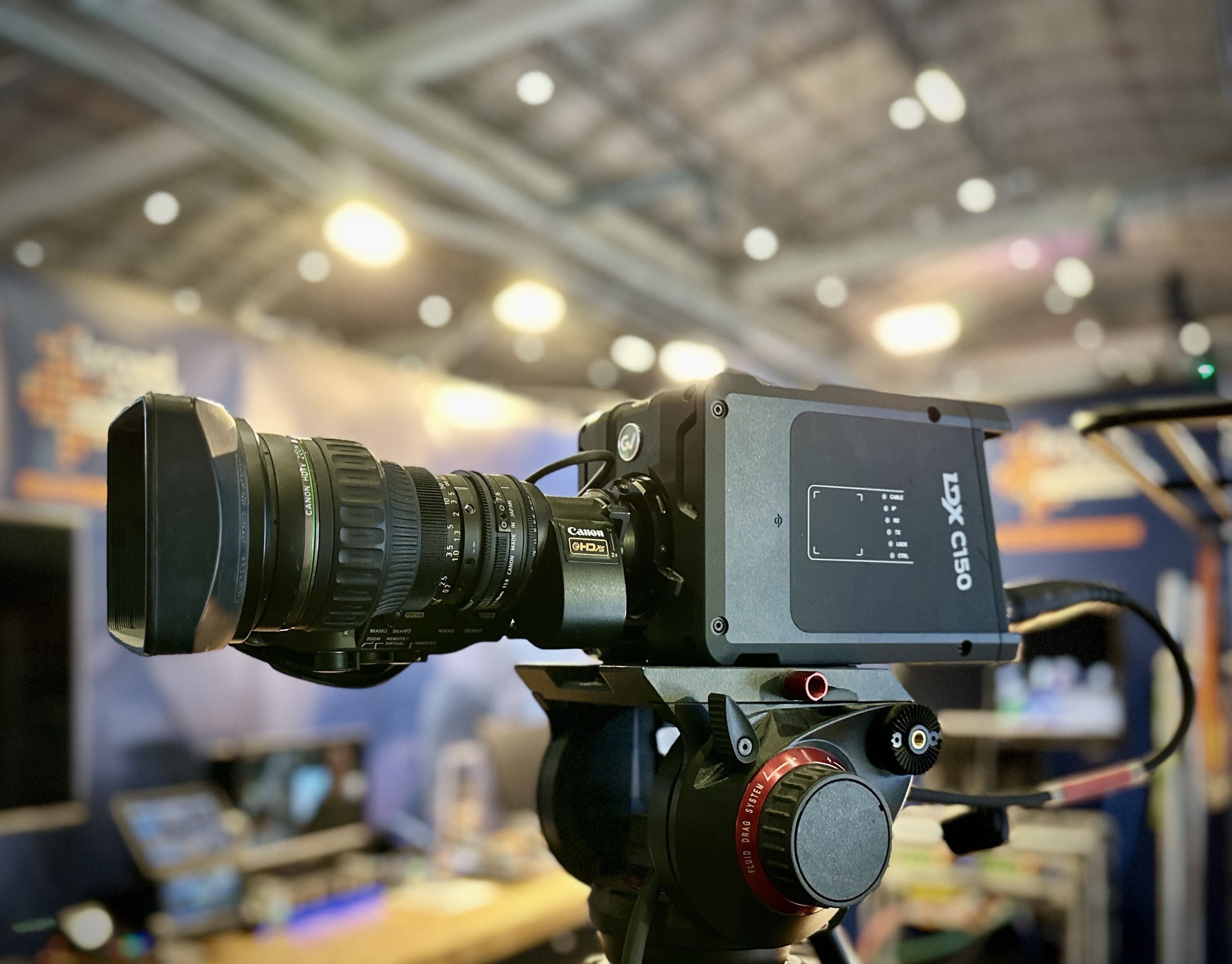
"For whatever reason the resolution was set to SD rather than to HD, but the up-conversion was so well done it took me a while to realize. I think at home, with typical screen sizes, more resolution is not required—but HDR makes a big difference, even on small screens.”
The perhaps-instinctive approach of shading in HDR, then downconverting for SDR is something Weber warns against. “The downconverter clips a large amount of the highlights which is not what you want,” he said. “If you shade in SDR and use all the highlights you can squeeze into the SDR signal, you will never clip anything on the HDR signal. So, as long as the SDR looks okay, HDR always looks better.”
Making that workflow practical demands innovation. “NBC has a workflow document which describes basically the same thing that we proposed around 2014,” Weber says, “but the look processing in the camera head is really new. It will be at NAB and we have developed that by request for certain parties including OBS for the Olympics.”
There's increasing outlets for 4K HDR but right now the sacrosanct image is the SDR."
Robert Willox, Sony
Even as common approaches emerge, complexities remain, says Robert Willox, director of production marketing for live solutions at Sony. “Everything that's coming into the truck you have to keep track of—even bumper tapes,” he said. "‘What LUT did you use?’ ‘Does it matter or is it OK that it looks different?’ You need to know the identity of every signal in the truck to avoid mixing from HDR to SDR.”
SDR broadcast is the moneymaker, according to Willox. “There's increasing outlets for 4K HDR but right now the sacrosanct image is the SDR. We've developed a Sony workflow where we shoot in HDR with one crew and one set of vision engineers but the SDR workflow takes care of the rest. I'm oversimplifying, but we've created a number of additions into CCUs and processing equipment… the crew can create the HDR broadcast with a perfect SDR broadcast side by side.”
“Some of the broadcasters come to us with [their shading approach] and say ‘this is what we need as a LUT in your cameras; we don't want to be using multiple layers of LUT boxes, we want something we can start with at the camera output.’” Willox adds. “They want a standard LUT in the CCU. In live entertainment, everyone wants to have their own look but from a broadcast standpoint I think there's going to be a lot of standardized LUTs… we're constantly developing new tools for this and at this NAB we’re going to introduce some new software for the HDR-C4000, our simulcast box.”
That Cinematic Look
Super-35mm cameras are discussed less than a few years ago, though perhaps because it is unremarkable rather than uncommon. Chase Hagen, ARRI’s technical sales representative and multicam expert, points out that the sensor is not the only crucial part of the chain.
“Our focus is on live productions that benefit from a sophisticated cinematic look,” Hagen said.

To that end, ARRI’s cameras include features more often seen in a CCU: “Our ALEXA 35 cameras deliver SDR and HDR simultaneously [and] the camera has a stock display reference transform that delivers images that are as similar as possible given the differences between the two formats,” he added. “With a recent firmware update, we now allow users to install their own display transforms for even more control.”
It’s tempting to assume lenses have infinite dynamic range, but Art Adams, product specialist for cinema lenses for ARRI, demurs. “Chromatic aberration and veiling glare can be extremely distracting in HDR,” he said. “It’s important to pair [the camera] with lenses that can deliver color and contrast information right up to the clipping point without compromising the rest of the image. ARRI Signature lenses were designed with that in mind… It’s a waste to make such a high-quality sensor if there’s no way to take advantage of it.”
All that picture information is useful for an industry which increasingly considers HDR the norm. Combined HDR-SDR workflows are, perhaps, the feature of the moment. For the future, long-distance IP networking, remote operation and 5G seem ascendant—but what’s clearest is that workflow innovations are increasingly limited mainly by the imagination of engineers.
Register for the 2024 NAB Show, April 14-17 in Las Vegas at https://nabshow.com/2024/
